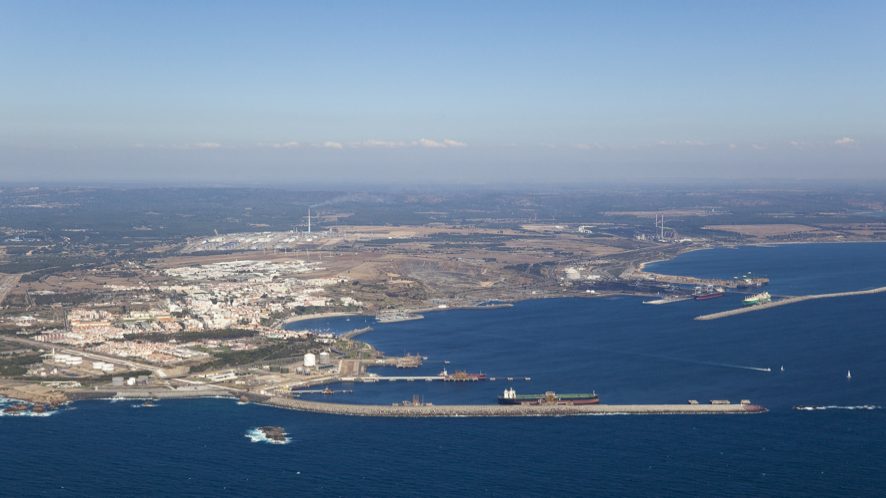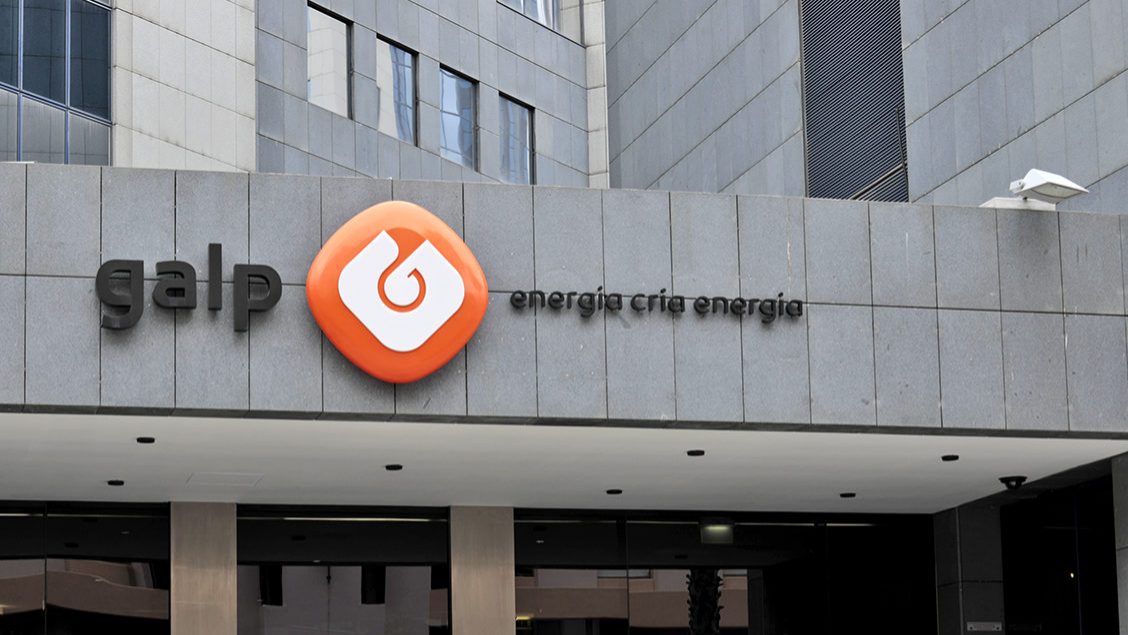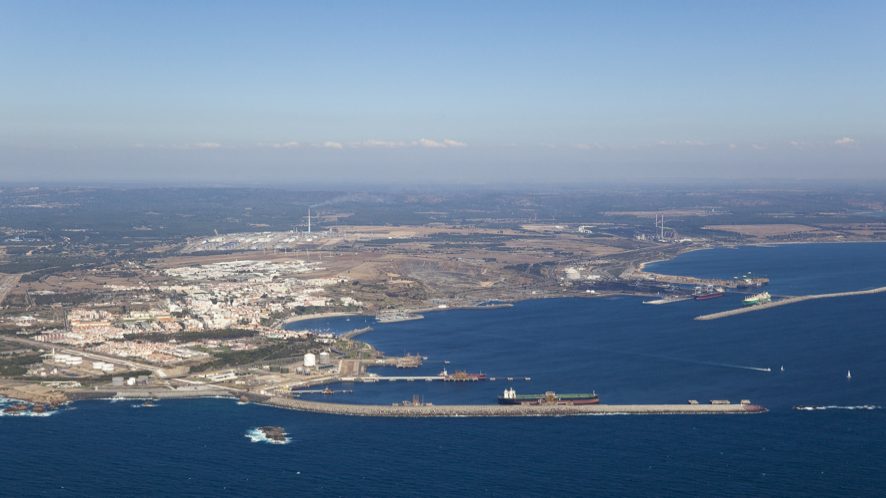EDP, Galp, Martifer, REN and Danish Vestas move into mega-consortium for green hydrogen in Sines
The mega-consortium foresees the installation of a 10MW electrolysis pilot project that could develop up to 1GW of capacity. ECO knows that the associated investment is around 1.5 billion.
EDP, Galp and REN will work together in a pan-European mega-consortium formed by national and international companies to create a green-hydrogen industrial cluster in Sines, as ECO advanced on Monday. Martifer, Denmark’s Vestas and other European partners will also join the partnership to assess the development of a new industrial cluster in the country’s south.
In a first phase, the consortium is planning to install a pilot project of 10MW of electrolysis that, throughout the decade, could develop up to 1GW of electrolysis capacity, aiming in the long run at the installation of about 1.5GW of renewable electric power generation capacity to supply the electrometers. ECO knows that the associated investment is around 1.5 billion euros.
In a joint statement, EDP, Galp and Martifer informed that the H2Sines project has a “strong international dimension, due to the exports aspect, but also due to the partnerships with companies with extensive experience in the hydrogen value chain.”
“The project aims to leverage the competitive advantages of endogenous renewable natural resources, contributing to the reindustrialization of the Portuguese and European economies on a more sustainable basis, as well as the balance of trade. The green hydrogen production in Sines contemplated by the H2Sines project integrates and optimizes the entire value chain, from renewable electricity generation, hydrogen production and its distribution, transport, storage, marketing and export,” the consortium said in a statement.
In this project that includes companies from several countries, an international Memorandum of Understanding has already been signed to study the feasibility of creating a value chain for the export of hydrogen from Sines to Northern Europe.
Besides export, the green hydrogen that will be produced in Sines could also be used domestically in the industrial and transport sectors, as well as for injection into the natural gas network.
The consortium wants to guarantee the financial balance of H2Sines and ensures that the project will develop “in a progressive manner, seeking to optimize the adequacy of hydrogen production volumes and their consumption, as well as the cost competitiveness of the technologies involved.”
The project meets all the criteria for an application for the status of Important Projects of Common European Interest (IPCEI) and was one of 37 chosen by the government, for its “export dimension, but also for the potential contribution it is expected to make in the Portuguese’s transition industrial fabric to a sustainable energy matrix.”
The entry of additional partners, such as the Danish giant Vestas, is related to several demonstrations of interest from companies with an international dimension in the energy sector, as well as from technology producers for the hydrogen value chain. The same communiqué states that “the technological collaboration aspect is essential to improve the competitiveness of the project, which is still at a preliminary stage, indispensable for the evaluation of the respective framework conditions and cost-efficient viability in the market.”


